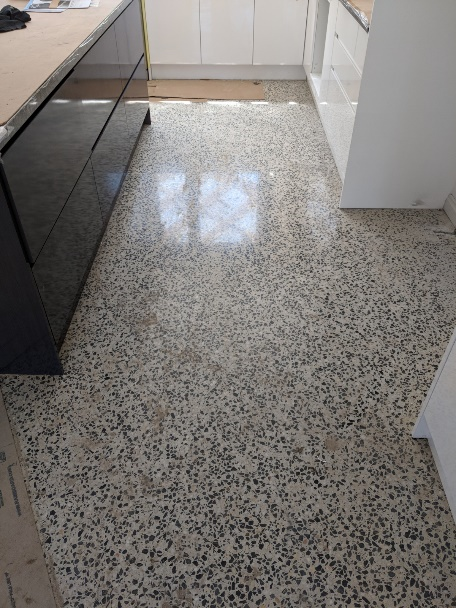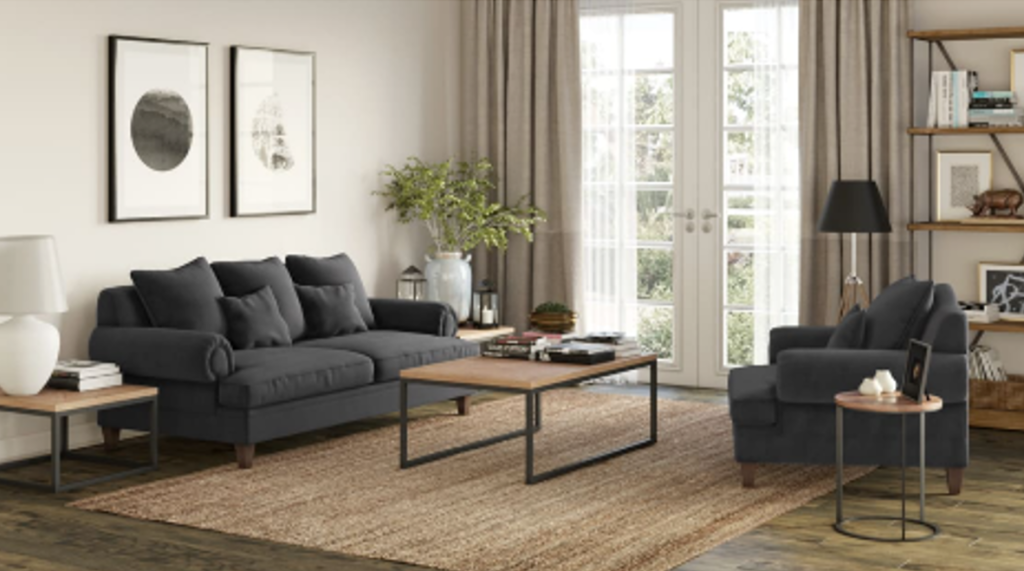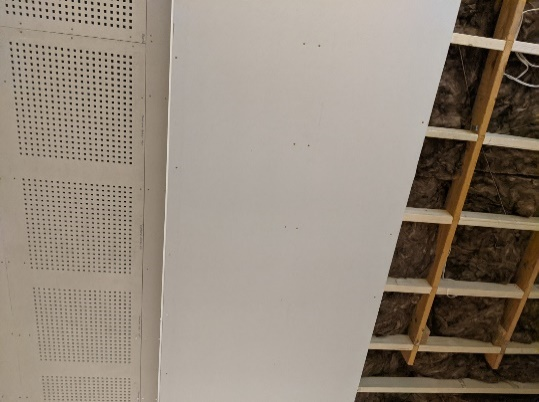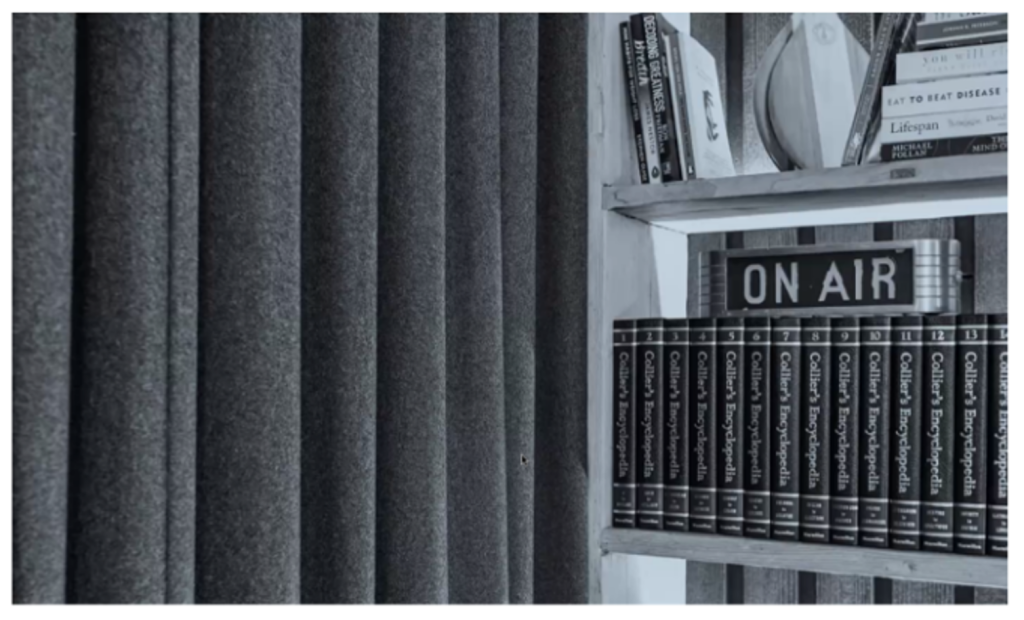
Reduce sound reverberation of hard floors on underfloor hydronic systems. Replacing carpets with hard floors works well with underfloor hydronic systems, but may cause higher levels of sound reverberation. This BLOG discusses this issue and ideas to address it.
Hard Floors
Underfloor hydronic systems usually involve hard floors like polished concrete, tiles or engineered floor boards. These surfaces cause sound to bounce around and echo. This is called sound reverberation.
Sound reverberation within a room makes hearing more difficult. As you get older, hearing typically declines making sound reverberation more of an issue. It makes understanding conversations more difficult and tiring.
Distance reduces sound reverberation but dense surfaces like brick or concrete block sound transmission. They reflect sound waves back into your room making it seem louder and cause echoing.
Read more: Port Melbourne Case Study
Design Strategies
Consider strategies to reduce sound reverberation of hard floors on underfloor hydronic systems at the design stage.
Hear conversations easily with sound reverberation levels of less than 0.8 seconds. This would be typical of a carpeted room with curtains and soft furnishings. On the other hand, an indoor swimming pool room with hard surfaces everywhere may have a sound reverberation level of around 3 seconds, making it much harder to understand what people are saying.
Make sound reverberation part of your design considerations with underfloor hydronic systems. Design around a sound profile that is appropriate for the purpose of the room.
For example, if you use your home office for virtual meetings, you would appreciate sound reverberation of less than 0.6 seconds. Modern conference rooms and sound studios actually have sound reverberation levels of less than 0.4 seconds.
Sound absorbing Materials
Add sound absorbing materials to your room if your design includes polished concrete, tiles or engineered hardwood flooring.
Sound absorbing materials are rated with a noise reduction coefficient (NRC). This is an average number taking into account several different sound frequencies.
The NRC number ranges from 0 to 1 for total reflection to total absorbing, respectively. Where available, use the NRC number to compare the sound absorbing properties of different materials on the market.
Absorbing materials may include:
- Soft furnishings
- Sound absorbing ceilings
- Sound absorbing window coverings
- Sound absorbing wall and ceiling panels
Soft Furnishings
Add soft furnishings such as lounge suites or rugs. They will absorb sound waves. If you require additional sound absorption, add rugs as well over your hard surfaces.
Consider soft furnishings as another design option.


Sound Absorbing Ceilings
Consider sound absorbing ceilings as another method of absorbing sound waves. There are a range of products on the market with different aesthetic, absorption, transmission and cost characteristics.
If you have a two-storey house, you will need to consider sound transmission as well between the two levels. Dense materials with a layer of soft absorbing materials are a perfect combination. This reduces both the impact of sound waves and makes it difficult for them pass through the ceiling/floor.
Perforated Plasterboard Products
Incorporate perforated ceiling panels into your new build or renovation and make your home quieter.
There are a range of architectural products on the market with varying Noise Reduction Coefficients (NRC) that rate these products for effectiveness.
The rating depends on 3 things:
- The amount and diameter of the holes through the plasterboard
- The type of fabric behind the plasterboard
- The amount of insulating material and air space behind the plasterboard
Read more: Gyprock Perforated Plasterboard Range
Sound Absorbing Window Coverings
Explore acoustic window coverings as another option. Acoustic curtains not only attenuate sound waves, they also insulate windows. Therefore, they provide a cost-effective solution for two important issues.
Make your existing rooms quieter, easily.
Read more: Acoustic Blinds & Curtains


Sound Absorbing Wall & Ceiling Panels
Retrofit sound absorbing ceiling or wall panels. There are a wide range available to address your needs. Blend them with your décor or create a feature.
Understand the nature of your sound issue before you treat it. Seek professional assistance if you are unsure.
Does your sound issue relate to reverberation, transmission or both? Ask for sound measurements prior to treatment and afterwards so you can see and hear the improvement.
Consider the best places to install your sound baffles considering effectiveness, aesthetics and cost.
Improve the amenity of your own home and improve your life!
Read more: Sontext
Excessive Noise Causes Stress
Create a quiet room if you are doing a lot of video conferencing. Communicate more easily with less stress.
Studies show that regular exposure to excessive noise affects your quality of life and can even cause psychological stress and discomfort.
Federal Government Review
The Federal Government conducted a review on the health effects of environmental noise. It considered the relationship between levels of environmental noise and health outcomes. It looked at the influence of different noise sources and its impact.
To access the report: click here
